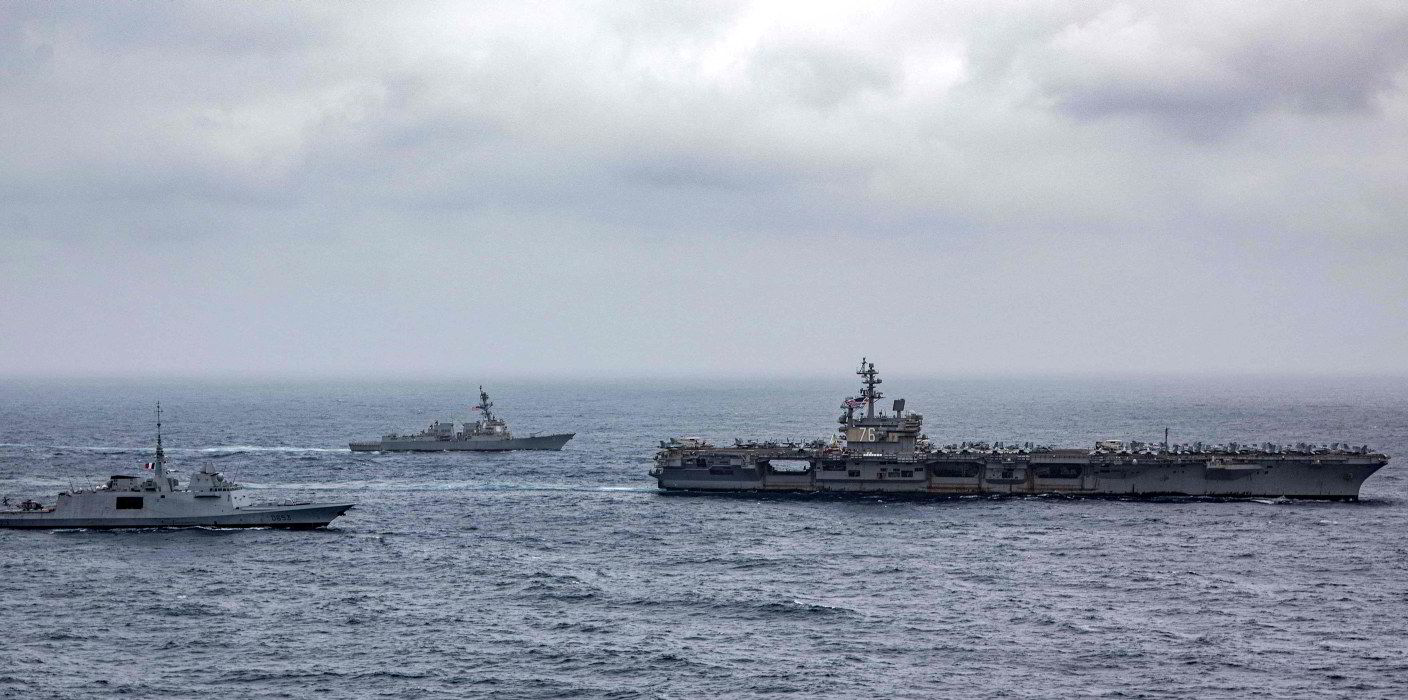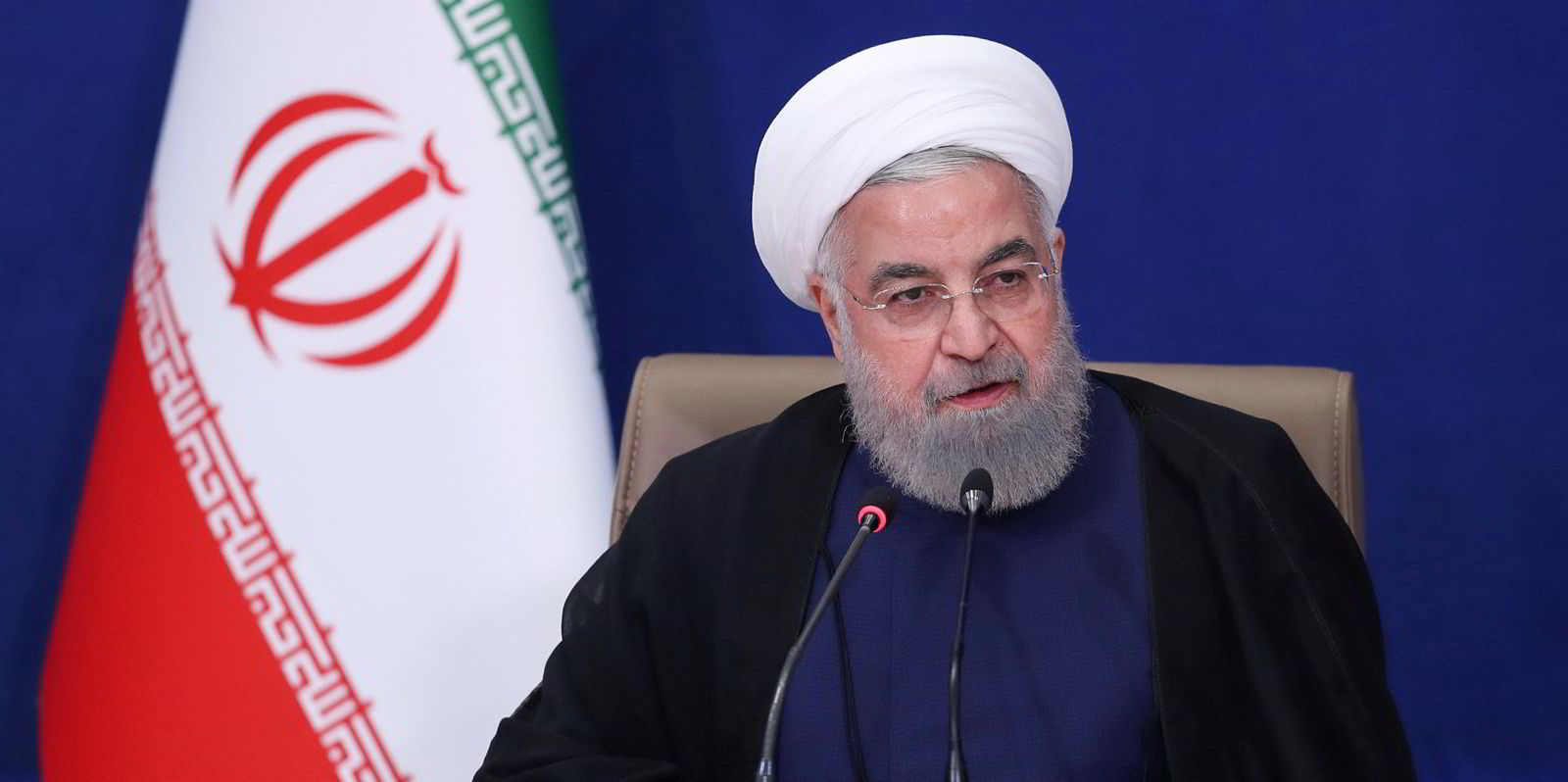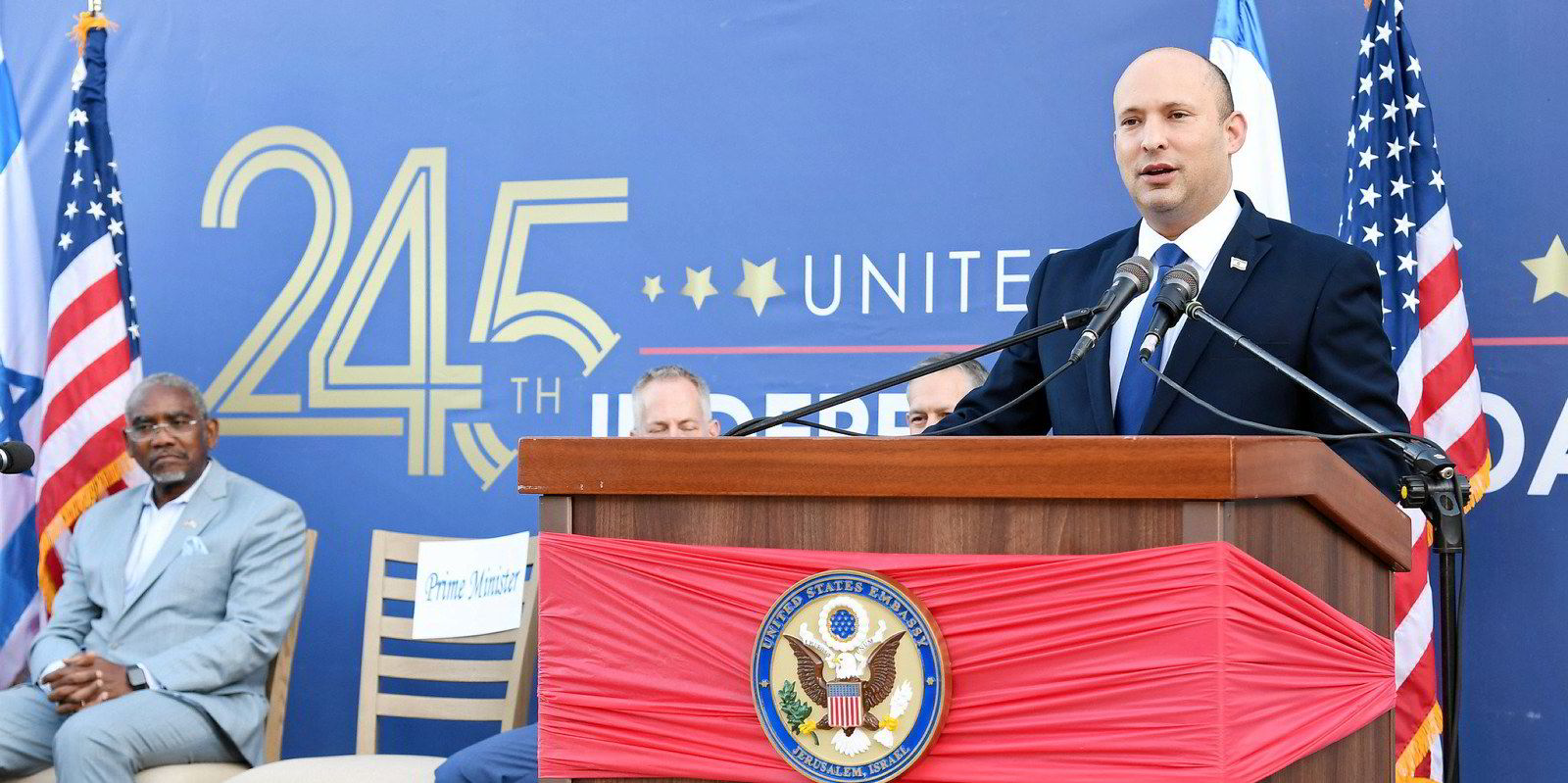Bomb attacks on ships in the Middle East from Oman are not a new phenomenon.
Sixty years before the attack on Zodiac Maritime's 49,992-dwt tanker Mercer Street (built 2013), a passenger liner was sunk killing more than a quarter of the 819 people on board.
A massive explosion that was believed, but not proven, to have been caused by an Omani rebel group, ripped through the 5,030-gt liner Dara on 8 April 1961, causing the death of 238 as the ship burnt and sank.
The passengership, which was built in Glasgow in 1948, regularly travelled between the Middle East and India carrying expatriate passengers.
It had arrived in Dubai the day before, but strengthening winds stopped cargo-loading operations and passenger embarkation and the Dara’s captain took the vessel out of harbour to ride out the storm.
A huge explosion struck the port side of the ship at around 4.30am, smashing through the engine bulkhead and two upper decks, including the main lounge.
Several large fires spread rapidly putting electrical, fire water and steering systems out of action. The order to evacuate the ship was given, but launching lifeboats in the bad weather was difficult and one overturned.
British, German and Japanese vessels plus local boats rushed to the stricken Dara’s aid and many of the injured, suffering from exposure as well as shrapnel wounds and burns, were taken to a nearly completed hotel in Dubai where the reception centre was used as a makeshift clinic.
The attack was never conclusively attributed to one group, but a UK Admiralty Court concluded that an anti-tank mine had "almost certainly" been used by unknown persons. Fighters in the Dhofar Rebellion were likely to have been responsible, according to solicitor general Sir John Hobson.
The rebellion, also known as the Omani Civil War, was waged from 1962 to 1976 in the Dhofar province against the Sultanate of Muscat and Oman. Its wider goals of Arab nationalism meant British influence in the region was also targeted.






